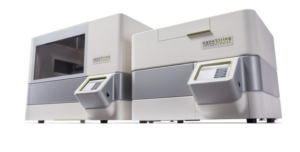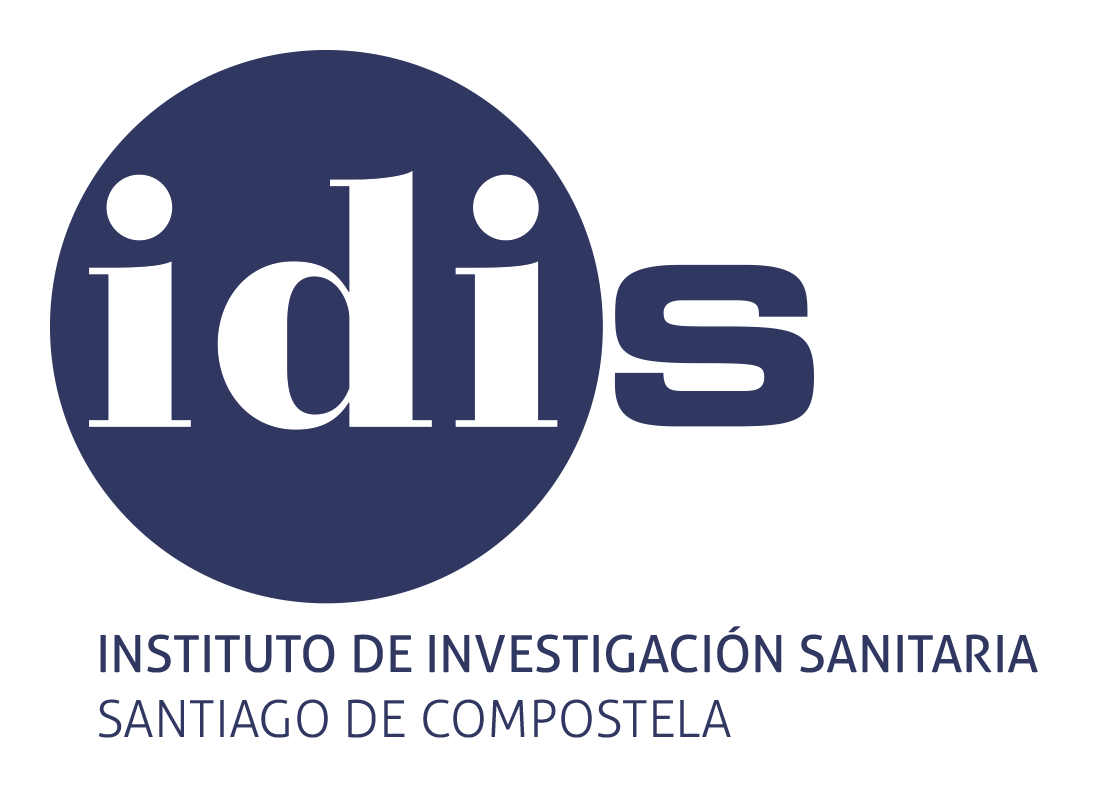Direct Digital Molecular Detection (Nanostring)
COMMON SUPPORT PLATFORMS
Equipment
Nanostring’s nCounter MAX equipment offers a series of advantages over the previous version (SPRINT Profiler), and allows to improve analysis times by eliminating the main bottlenecks in sample processing and data collection for projects or studies. In addition, it allows detecting small structural changes in folding.

It eliminates the synthesis, amplification and preparation of cDNA libraries to reduce technical variations in the assay and reduces the need for experimental replicates.
Description
The nCounter® Assay System allows hundreds of mRNAs, miRNAs, SNVs, CNVs or proteins to be analyzed directly by direct digital molecular detection, in a single reaction in the absence of enzymes (no reverse transcription or amplification). It is a system of high sensitivity and reproducibility, with great multiplexing capacity (up to 800 genes in the same reaction), which not only reduces the number of necessary reactions, but also saves the amount of RNA/DNA that is used. required for the test. The technology In this technology, each target molecule is identified by a molecular “bar code” formed by the sequential combination of six fluorochrome units of four different colors. These barcodes hybridize directly with the molecules of interest, and can be individually quantified without the need for sample amplification, thus providing highly sensitive digital data. Each “Bar Code” binds to an individual and specific target molecule, so that we can measure the actual number of target molecules in a sample. Advantages of the technology • Speed: It does not require any type of enzymatic reaction (neither amplification, obtaining cDNA nor preparation of libraries). Therefore, it avoids technical variation and, consequently, a possible bias in the results. • It requires a small amount of RNA: therefore, the sample saving is considerable. • High precision, sensitivity and reproducibility: greater precision than qPCR and without the need for technical replication. The correlation between technical aftershocks exceeds 0.99. Accuracy and sensitivity are maintained even at low expression levels. • Versatility – Chemistry is highly tolerant to difficult sample types. By not requiring enzymes, the system can work with a wide variety of sample types and qualities, even being able to obtain optimal results from paraffin-embedded samples (FFPE) where the starting material is highly degraded, or it can even work with cell lysates without the need to carry out an RNA extraction. • Multiplexing capacity: analyze hundreds of targets in a single tube (up to 800 genes). Possibility of using pre-designed panels or building custom panels with the targets of interest • Simple data processing: data output in csv format. The data can be exported and exploited with commonly used software.



